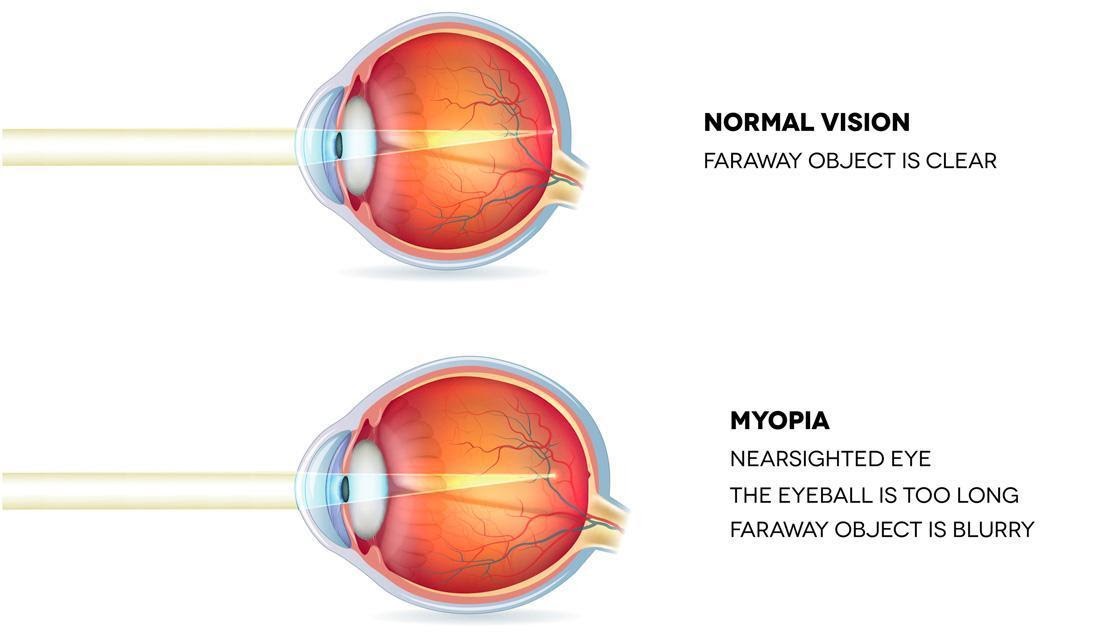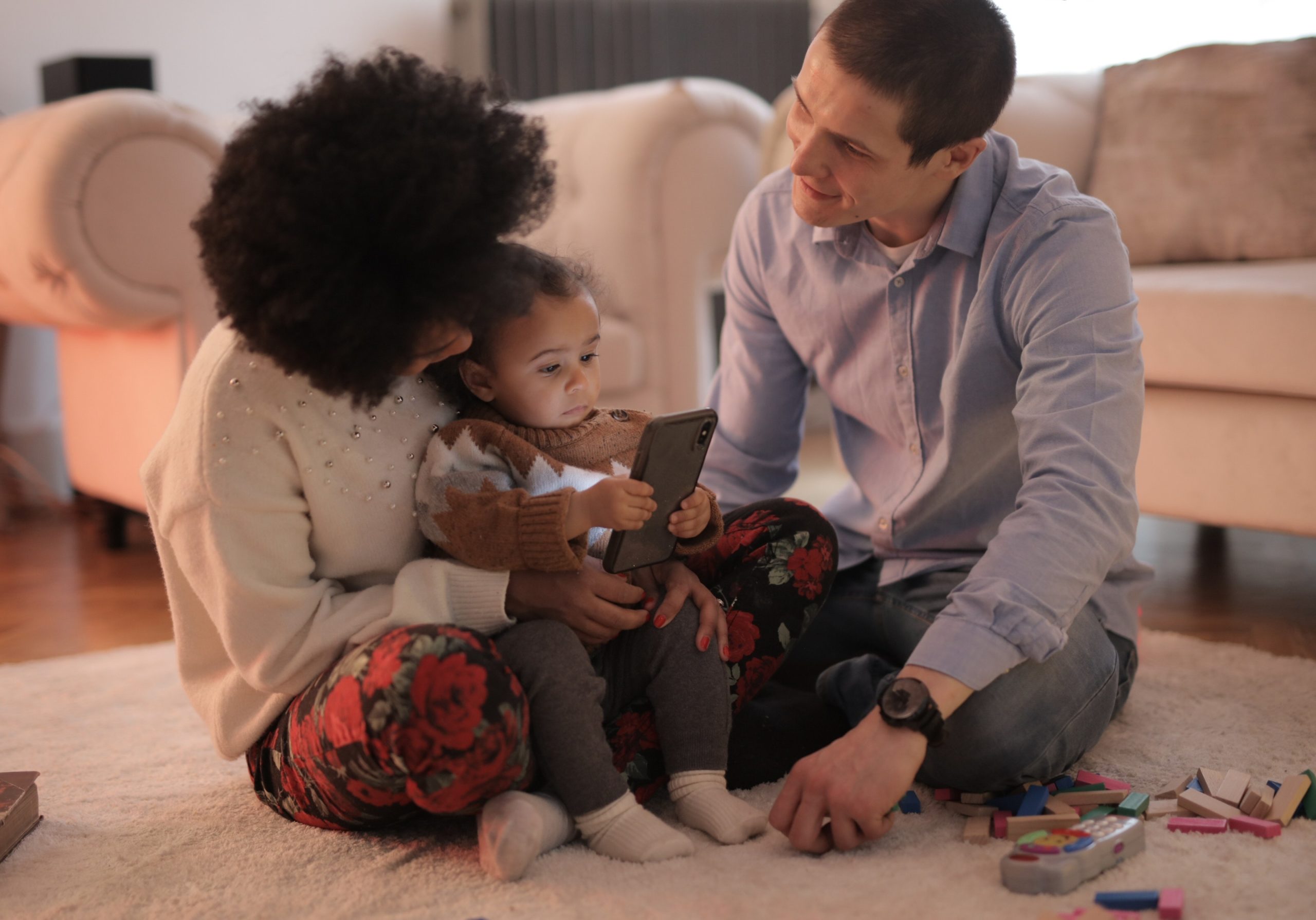![]()
One-third of the U.S. population is currently affected by myopia. And the World Health Organization reports the numbers are bound to grow massively. In fact, they claim by the year 2050, half the world’s population will experience myopia.
The WHO goes on to say 20% of those individuals, especially in underdeveloped countries, will also be at a significantly increased risk for blindness.
What’s myopia?
Myopia—also called nearsightedness—is an eye condition in which distant objects appear blurry. Put simply, images focus in front of the retina instead of on it, resulting in blurred vision.

Myopia tends to run in families. The first signs usually appear after children enter school at around age 8. It usually progresses through age 16 and usually stabilizes by age 20.
The average rate of annual myopic progression in children is .50 diopters, which means last year’s glasses are unlikely to be strong enough to resolve the vision issue.
Why is myopia on such a meteoric rise?
Experts claim the answer lies in lifestyle changes. Young people spend less time outdoors. More time is spent looking at close objects, including, of course, digital devices. As such, parents need to pay close attention to their young children’s vision.

The impact of myopia varies
Some ethnic groups tend to be more impacted by myopia than others. The lowest incidence is among Nepal’s Sherpas, where only 3% of the population is myopic. The highest is Asian children, followed by Hispanic youth. In South Korea, for example, the rate of myopia among 19-year-olds has soared over the last 50 years from 18% to 96%.
Whatever part of the world you live in, these numbers are one reason more attention is being paid to the influence of environmental factors on myopia’s development. While it is triggered by a mix of both genetic and environmental factors, recent research suggests environmental factors are playing an increasing role in determining whether young people will develop myopia.
Sunlight actually helps
Research conducted at The Ohio State University College of Optometry points to what is termed “the outdoor effect.” That is, there is a correlation between time spent outdoors and lower rates of myopia.
Sunlight—especially UVB rays, which are the part of sunlight that causes sunburn—plays a big role. While UVB understandably gets a bad rap for its correlation to skin cancer, it can play a positive role in helping the production of vitamins that are important for healthy eyes.
“Given that UVB light stimulates production of vitamin D—a nutrient that is thought to support muscle tissue function around the lens of the eye—sunlight might help bolster tissue that maintains the proper eye shape,” reports the American Optometric Association. “Some studies have shown myopic people have lower vitamin D levels, but the degree to which the nutrient exhibits a direct biological effect is still debatable.”
What about exposure indoors? While the jury is still out on this one, spending time in front of digital screens for hours at a time seems to play a big role in myopia as well. When asked about indoor fun by The Vision Council, 23% of children participating in the research reported “playing on a digital device” was their favorite activity.
Today, more and more eye care professionals are advising parents to make sure their young children spend some time outside.
Research supports the recommendation. A dozen schools in China participated in an experiment in which half the schools added 40 minutes of outdoor activities each day. Over the next three years, the group that spent more time outside had a lower rate of myopia.
Further study solidified the importance of outdoor activities. In schools surveyed that encouraged more outdoor activities during recess, only 8.4% of children became myopic, compared to 17.7% in schools that retained normal recess activities.
Keep an eye on your kids
Signs your young one may be myopic include:
- Frequent complaints of headaches
- Rubbing and/or excessive watering of the eye
- Squinting or closing one eye to read
- Holding work close to the face
- Sitting too close to the TV
Look for these signs before they start school. Children with poor vision are three times more likely to fall behind in school, which can start a cycle of failure that’s hard to escape.
If you have any concerns, don’t hesitate to schedule an eye exam for your child.

